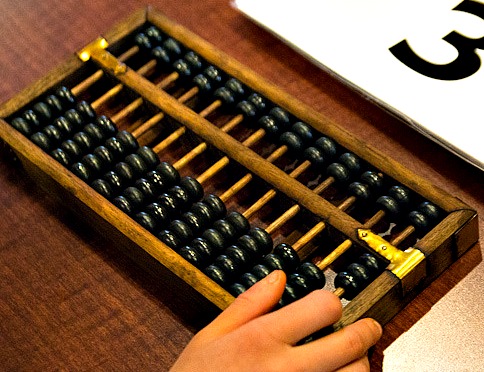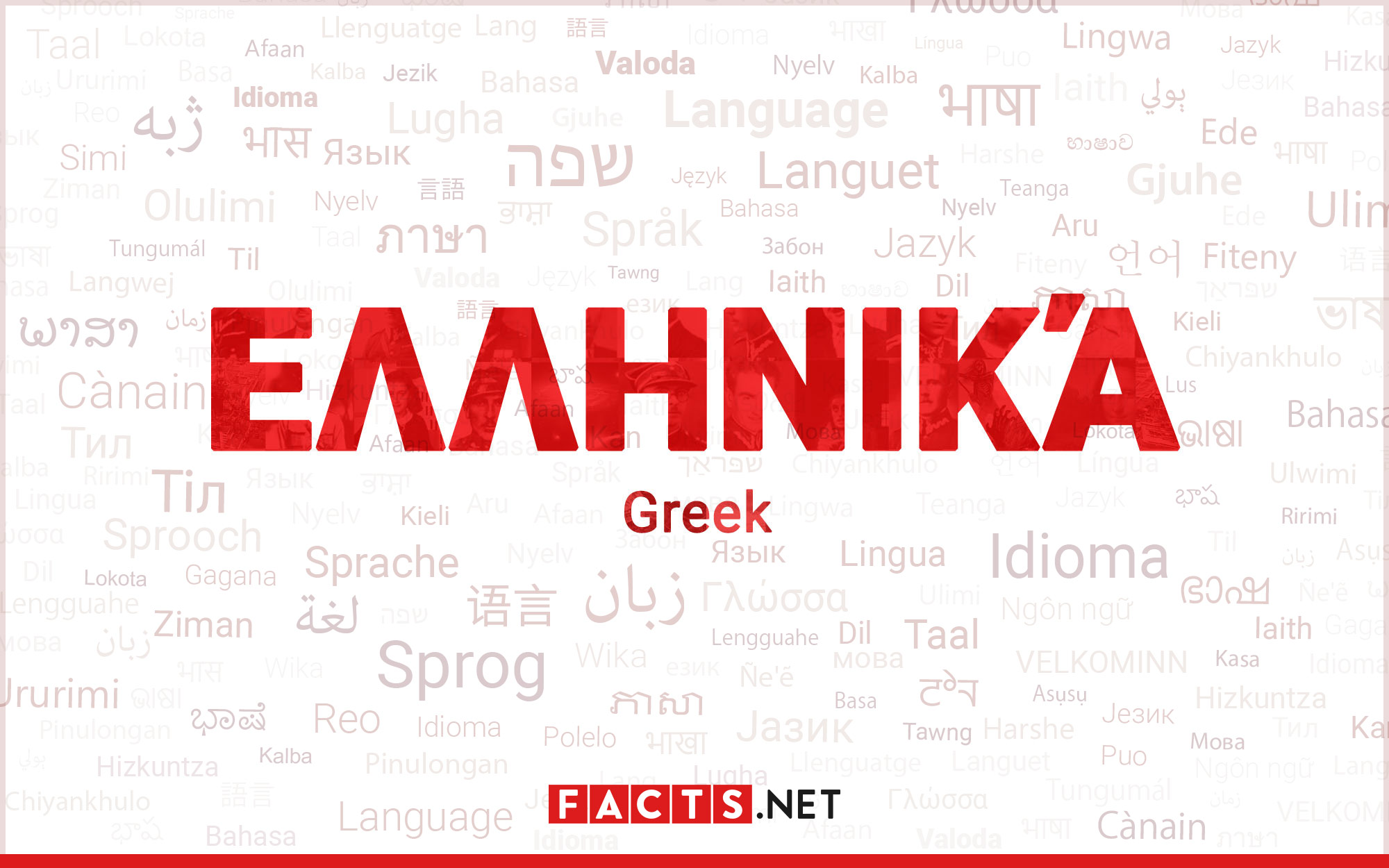


TOKENS, THE COUNTING BOARD AND THE ABACUS.Īt some point the idea to use loose objects like pebbles to count appeared. Some claim it to be “Oldest Mathematical Artefact” (ref.7).ĬOUNTING WITH PEBBLES AND BEYOND. Yet another such artefact is the Lebombo bone, a 35,000-year-old baboon fibula bearing 29 notches, was discovered in a cave in the Lebombo mountains in Swaziland. This has been criticized by Olivier Keller (ref.4 and see rebuttal in ref.5). The geometric arrangement of the notches in the various groupings on the three columns allows to compute other basic arithmetic operations”. …2) In addition, it appears that several bases are used in this elementary arithmetic: the base 10 and base 12 with its submultiples 3, 4 and 6. “1.) The Ishango bone, dated from 22,000 years, can be considered as the oldest mathematical tool of humankind because the arrangement of the notches on three columns suggests an arithmetical intention. The currently prevalent interpretation, due to Vladimir Pletser and Dirk Huylebrouck (ref 3,5) is that, in the words of the authors: The prime number relationionship has been contested by Peter Rudman (ref 6.) and others. They have also been thought to have a relation to lunar cycles as suggested by Alexander Marshack. Some have evoked a relation to prime numbers. The latter daring ideas stem from a degree of organization of the notches, which led de Heinzelin to suggest they are a type of mathematical reckoning device. Various theories have been proposed to explain the reasons behind the existence of the notches on the Ishango bone ranging from creating a better grip on the handle, as a memory aid, to more sophisticated mathematical uses (ref.3-7). The Case of the Paleolithic Counting devices. Archelogical excavations have come up with several artefacts, which have become famous because of interpretations of their uses as mathematical tools. The half tally stick came to be acceptable as money and could be passed on to other parties. In this case a piece of wood was marked with notches perpendicular to its length and then split lengthwise so each party to the transaction received one half of the marked stick as proof and the two parts could be unambiguously matched together. A variant of this approach, consisted in the use of a split tally stick to provide a copy of a common transaction to two parties as a receipt. Tally sticks as a recording device are in some way similar to records using knotted strings described elsewhere in these pages. Marco Polo (1254–1324) referred to the use of the tally in Chin (ref.1). Use of tally sticks has been mentioned by Pliny the Elder (AD 23–79) in his Naturalis Historiaca 77. Tally sticks first appeared as animal bones carved with notches during the Upper Paleolithic. Tally sticks, made of wood or bone, have been used since ancient times as a “data recording” device or memory aid to record numbers, quantities, or even messages. TALLY STICKS OR PALEOLITHIC COUNTING AIDS. This has also led to appearance of abacus jewellery and display items. In China the Abacus is a symbol of prosperity and advancement in economic and academic areas. Some related artworks are shown along the text and at the end of the section. Various unusual abaci possibly made to order for specific use.Bead counters on strings used as prayer counters, podometers etc.The Abacus (Roman, chinese-suanpan, japanese-soroban, mexican-nepohualtzintzin).The Salamis tablet, medieval counting boards, the Exchequer and Incan Yupana. Counting boards, including coin counting boards (Palaka, Zeni Masu).Tokens: variously shaped clay counters as an alternative to cruder pebbles.The word tally comes from Latin talea – twig or cutting. Tally sticks: bones or wood pieces with notches.Additional examples of some of these may be seen in the collection. In the following we look at various ancient counting aides and devices. The word calculate comes from the Latin calculus, which means small stone.

It may be hard to imagine today that long ago people used to count using scratches (tally marks) on sticks or counted with the help of small stones or just with fingers.


 0 kommentar(er)
0 kommentar(er)
